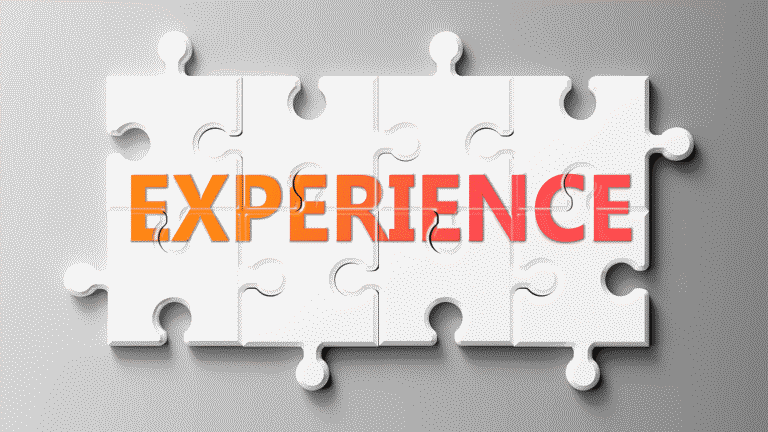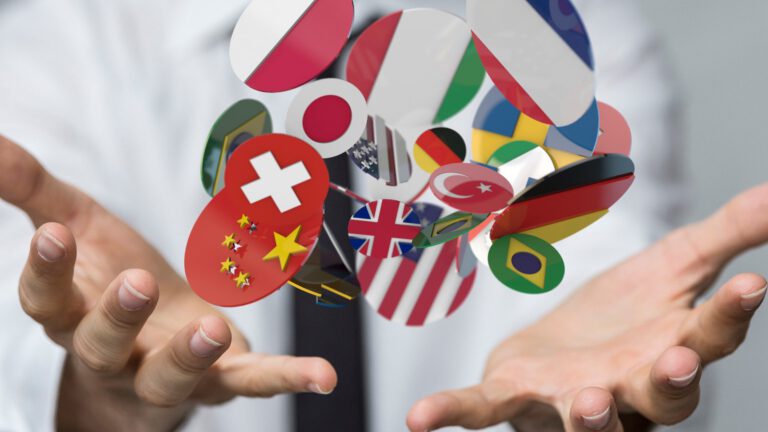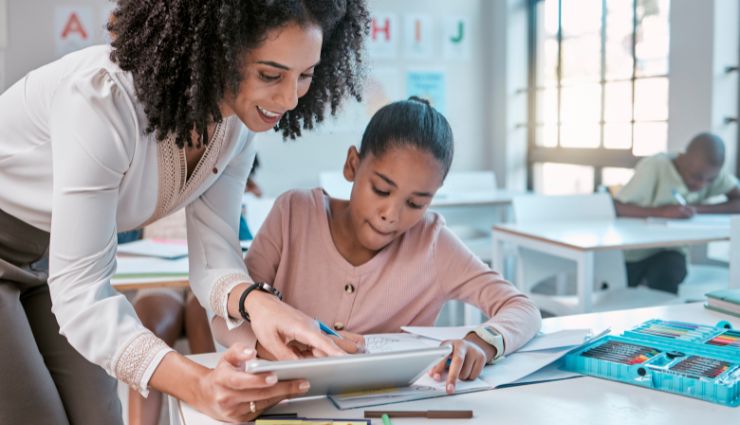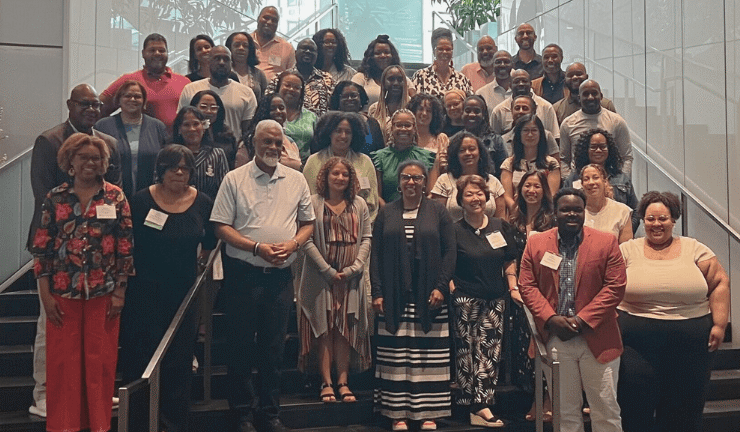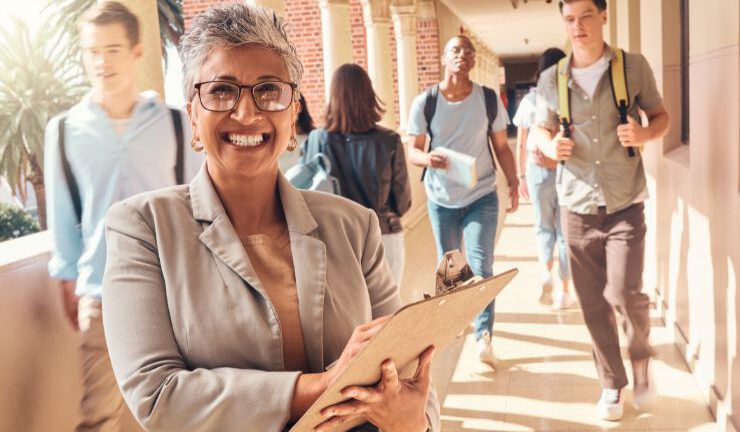Deepening Our Understanding of Innovation in Education Today
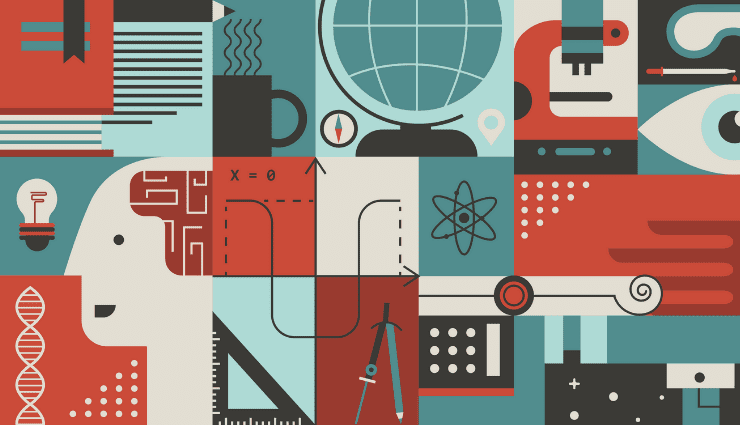
Franklin Delano Roosevelt famously said, “We cannot always build the future for our youth, but we can build the youth for our future.” This essential truth has been at the heart of quality education ever since humanity first started formally teaching children in schools.
Although all of us can imagine a better world and do what we can to shape such a world, the future will always be beyond our control. Our current world is a case in point. And even though it’s not hard to imagine the core qualities of a better future — one that is more just, verdant, and sustainable, as the Catherine T. and John D. MacArthur Foundation puts it — the actual form such a world might take is more than likely to surprise. Another way to put this is that futurists rarely get the future right.
For all the clarity of purpose in FDR’s dictum, for much of the 20th-century, schools didn’t exactly heed it. Rather, in an effort to serve an imagined future in which the job market and the needs of humanity did not change much, the majority of schools embraced the factory-production model of education — information in, supposedly capable workers out. If such a model worked at all, it certainly began to crumble noticeably by the late 20th and early 21st century when national and state officials tried to double-down on this standards-based approach. The results were not good. Even leaders in the business community — the folks for whom such schools were purportedly designed — began complaining. More than anything, they made the point over and over that they wanted to hire a diversity of people who can think well, problem solve, collaborate, and have the creative skills to adapt with and drive change.
Fortunately, the 20th century included numerous educational thinkers who worked tirelessly to counter the factory model of learning — from John Dewey to Maria Montessori and beyond. They’ve all understood, in fact, that FDR only had it partly right. We can’t, and shouldn’t try to, build youth for our future. Rather, we should aim to help each and every child develop the skills and frame of mind to figure out who they are, where they are going, and how they can get there. We want to help all children develop confidence in their ability to learn and engage with others to solve problems. We want to help them develop the critical-thinking skills, creative skills, and social skills that will enable them to live well and contribute to the collective good. We want them to know themselves well as unique individuals. As for the job market, we already know that our graduates will need the flexibility to not only change jobs a number of times in their adult lives but also to adapt to jobs that don’t even exist yet.
At Inly School in Scituate, Massachusetts, we like to say that innovation is in our DNA — and we take this claim seriously. Inly is a Montessori School. We believe in and are committed to the remarkable vision Maria Montessori had a century ago for creating better, more supportive and engaging schools. As with other Montessori schools in the nation and world, we are committed to each individual child, to helping each child discover who they are and how they want to live in this world. But we also consciously call Inly School an “Innovative Montessori Community” and describe our program as Montessori-Plus. These labels are conscious efforts to ensure that we are and remain a forward-looking institution, always ready and willing to push what we know and do in the school. This collective, innovative mindset is what makes working at Inly such a joyful experience for me.
I’ve been the head of Inly School since 1996. But I’ve been focusing on innovation in culture and society, including schools, for the past 30-plus years as a faculty member at the Creative Problem Solving Institute, hosted by the Creative Education Foundation at the University of Buffalo, and through courses I have taught at Lesley and Suffolk universities. In the early years of the Creative Problem Solving Institute, most of the participants came from the business world, but educators are showing up now in increasing numbers. Why? Because it’s clear that those of us who work in schools need to embody an innovative, growth mindset that will enable us to consistently meet the needs of students in an ever-changing culture.
Many of the practices of the mind we aim to instill in creative entrepreneurs are the same practices we need to instill in all educators. Indeed, these are the skills we aim to instill in our students at Inly, starting at a very early age. Interestingly, to this end, a number of schools are also adopting a more Montessori-inspired classroom model to help meet this challenge. The AltSchool in California, for example, founded by a former Google engineer, is described as “Montessori 2.0” with a strong focus on technology. A former MIT graduate, Saeed Arida, created NuVu “The Innovation School,” a full-time magnet school in Cambridge, Massachusetts, that also embraces Montessori qualities. At NuVu, students learn in a hands-on environment with coaches who help guide the creative process, from inception to completion. NuVu’s pedagogy is based on the architectural studio model and geared around multidisciplinary, collaborative design projects. Within each Studio, students explore problems rigorously by focusing on one project for two weeks. A Studio Coach mentors students to develop their projects through an iterative process over the course of the students’ time at the Studio. Students confront the small and large contexts within problems as they are exposed to complex, “messy” situations. The NuVu team continuously evaluates students through “deskcrits” and final reviews.
I am proud to say that our eighth grade students, for a number of years in a row, have spent two weeks at NuVu, where they are assigned a project called “Wheelchair Hacks” in which they are asked to come up with creative modifications to wheelchairs. (To see some of their clever creations, click here). Final projects have included everything from a wheel-cleaning device to a height-adjusting chair. It has been exciting to see our students come up with clever modifications and explain how their process worked from beginning to end. They all hit roadblocks but, as in real-life, have figured out ways around them to get to their end goal.
AltSchool and NuVu are just two examples of how education is coming around to the century-old and still forward thinking of Dr. Maria Montessori who took what had been in education and imagined what could be. Today at Inly, in the tradition of Montessori, we are once again imagining what can be in the world of education.
Because we fundamentally believe in the power and potential of children, we want to ensure that our school environment fosters their capabilities, creativity, and innate desire to learn and explore. In the past decade, we have worked tirelessly to take what we know about education and find ways to strengthen and improve upon these practices. We have rebuilt much of the campus to help support and foster this work. This new construction includes our beautiful da Vinci Studio — essentially our creative maker space and innovation lab. We have also reimagined our library, added six new classrooms designed around innovation, and build eight small creative problem-solving stations throughout the school building. Like other schools, we have added a focus on robotics, 3D printing, digital video creation, and tinkering projects. Along with these offerings, the da Vinci Studio includes an idea space with numerous whiteboards to help students imagine, draw, and plan. We also have outdoor classrooms that are essential to engaging students in the natural world.
But I want to be clear here: while the space matters a great deal, innovation is not just about space. It’s also not just about STEM or STEAM programming. It needs to be infused into everything we do in schools. It needs to be a mindset embodied by the teachers and encouraged in each student. It involves all of the academic disciplines, including, science, math, humanities, arts, language, health, physical education, and more. In every way possible, we want our students to be discoverers. As Jack Oliver, professor emeritus in the Department of Earth and Atmospheric Science at Cornell University, puts it in his book, “The Incomplete Guide to the Art of Discovery,” “To discover, act like a discoverer.”
In addition to the work we and students do in school, we also help students engage in the broader community as often as possible so they see the connection between their education and the world in which they live. Experiential learning, in other words, is more than just one field trip to see a “real world” example of what the students have been studying in class. It involves structuring lessons so the students can do the work for themselves and have meaningful engagement with the subject. The students do not passively receive information from teachers; they actively participate in the work.
Perhaps a more concise way to put it is novelist Iris Murdoch’s comments about formal education: “What should be taught in schools? To attend… to learn to desire to learn.”
To be successful, all of our students will need a combination of skills: sharp minds, a willingness to embrace complexity, and a well-grounded sense of themselves. In addition, we aspire for our students to be agents of social justice and comfortable with change. The key innovation of 21st century education, in many ways, is actually a reaffirmation of a core educational idea put forth by Maria Montessori in the first half of the previous century: putting the child at the center of learning. The difference today, however, is that we have more knowledge about how individuals learn, and we have more tools to support each child’s development. We also have a deeper understanding of metacognition and of the professional teaching skills needed to ensure the success of each child. There is also a greater understanding of the importance of preparing children not for the world as it is but to help transform our evolving human culture for the better. Knowledge matters, but skills matter at least as much, if not more.
To this end, the process we’ve established at Inly lives at the intersection of creative problem solving, design thinking, and human-centered design. We call it I-4: inquire, imagine, invent, and implement. We even have these terms pasted on to turntables in the classrooms to remind students of the importance of each stage in learning. We teach these design skills to students at a very young age. By middle school, it’s intrinsic in their approach to school and life.
The commitment to innovation also shows in the ways in which we teach. We run the school like a startup. Nothing is sacred. Everything is on the table for discussion. The goal is continued improvement. Because we’re still a fairly young school (47 years and counting) we’re not mired in traditions that often make change difficult at schools with longer histories. While we were founded on and draw on the philosophies of Maria Montessori, we also know that we can’t keep doing the exact same things year to year. Human society is changing rapidly, and we need to evolve with it. This willingness to evolve is at heart of our Montessori-Plus program. It is as much a mindset as a system. For those of us who work here, we believe wholeheartedly in the Montessori philosophy. But we also love being around folks who say, “OK, let’s try to improve this.”
An arts and creativity educator for over 30 years, Donna Milani Luther is currently head of Inly School, an all-gender independent day school in Massachusetts for students ages 2-14. She is a member of the faculty of the Creative Education Foundation, where she has taught a variety of courses over the past 30 years. As an adjunct faculty member at Lesley University, she has taught in the national and international M.Ed. program for Creative Arts in Learning. She has presented at conferences throughout the United States and in Brazil, China, South Africa, and Israel. Donna is founding director of Summer Stars Camp, a performing arts camp for underserved teens, which has been funded over the last twenty years by The Britney Spears Foundation, The Jonas Brothers Foundation, 50 Cent’s G-Unity Foundation, and the American Idol Foundation.
